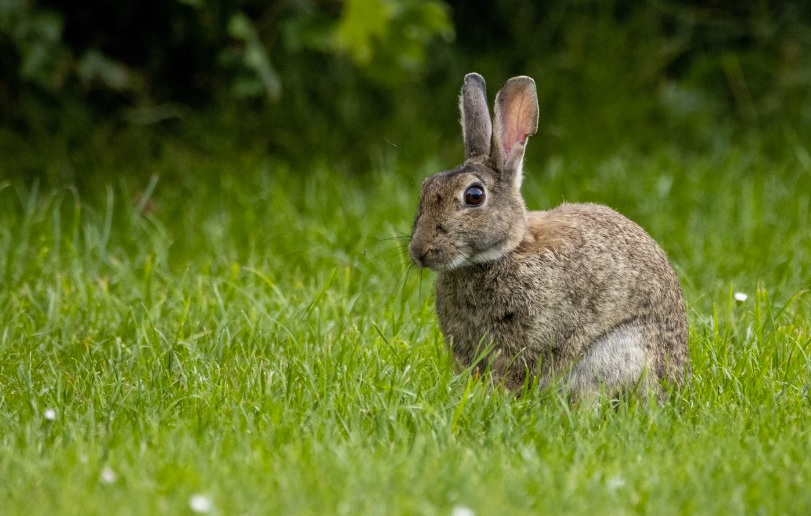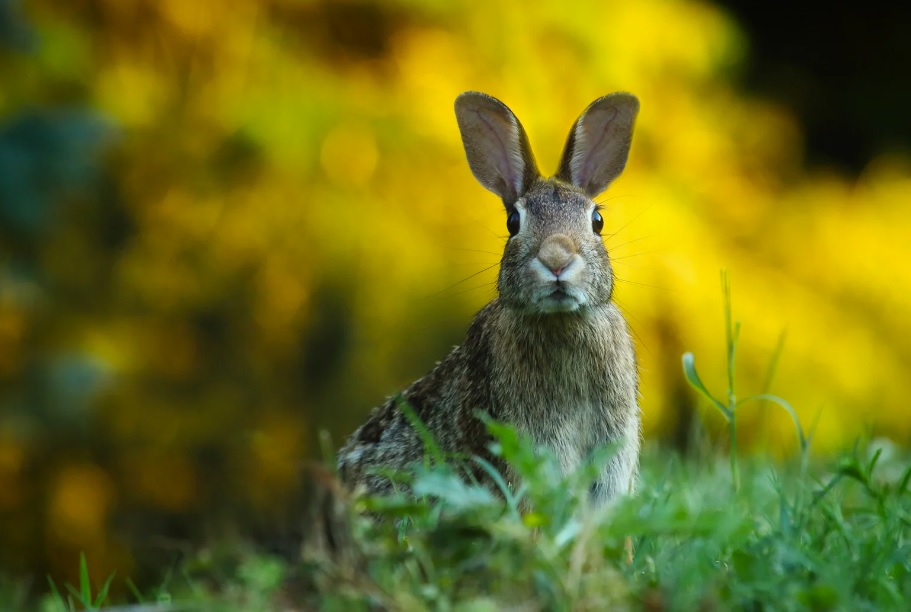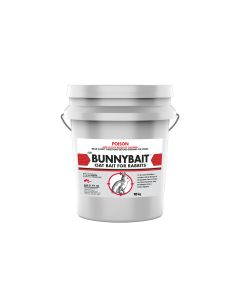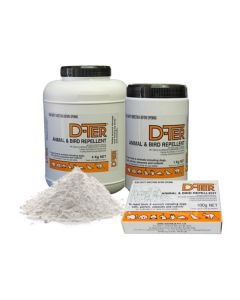Feral Rabbits
Feral Rabbits
Scientific Name: Oryctolagus cuniculus
How to identify Rabbits
The male is called a buck and the female a doe. Rabbits generally measure 40 – 45 centimetres in length and have ears that measure 8.5 centimetres long. They have compact bodies with long, powerful hind legs.
A rabbits fur is generally long and soft and is grey/brown in color and they have white underparts and a short tail. Their long ears of rabbits are most likely an adaptation for detecting predators. Wild rabbits are rather uniform in body proportions and stance.

Where are rabbits commonly found?
Feral rabbits can be found in many different habitats across Australia, ranging from deserts to coastal plains — wherever there is suitable soil for digging warrens. They are scarce in areas with clay soils and abundant where soils are deep and sandy, such as in the north-east of South Australia. In arid areas, feral rabbits need access to water, but elsewhere they can often obtain enough moisture from their food. Feral rabbits are night-time grazers, preferring green grass and herbs. They also dig below grasses to reach roots and seeds.
Why are rabbits considered a pest?
Feral rabbits compete with native wildlife, damage vegetation and degrade the land. They ringbark trees and shrubs, and prevent regeneration by eating seeds and seedlings. Their impact often increases during drought and immediately after a fire, when food is scarce and they eat whatever they can. Feral rabbits may have caused the extinction of several small (up to 5.5 kilograms) ground-dwelling mammals of Australia’s arid lands, and have contributed to the decline in numbers of many native plants and animals.

What is the biology and lifecycle of a rabbit?
During the breeding season, feral rabbits form territorial groups made up of one to three males with up to seven females, led by a dominant pair. After breeding, the groups break up again, except for the dominant pair. Feral rabbits can breed from the age of four months, and can do so at any time of the year, particularly when food is in good supply. In favourable conditions, they can produce five or more litters in a year, with four or five young in each litter. Even in unfavourable conditions, they can produce one or two litters a year.
Chemicals Required For Controlling Rabbits
Pindone oat bait - Where circumstances allow, poisoning rabbits may be an option. The most suitable rabbit poison in urban areas is the anticoagulant, pindone. Pindone is similar in action to the anticoagulant poisons used to control rats and mice (for example warfarin, bromadiolone). To be effective, pindone bait needs to be ingested by rabbits over several nights of feeding.
Pressure fumigation or diffusion fumigation using toxins like chloropicrin and carbon monoxide are used to kill rabbits while they are in their warrens.
Management Tips for Rabbits
Rural Areas:
Effective rabbit control requires integration of different methods; any single technique used in isolation is less effective than two or more techniques carefully combined. When reliance is placed on only one technique and follow-up control is not implemented, initial gains are lost as rabbits will readily recolonise in the absence of further control. Current techniques available for controlling rabbits can be categorised broadly as biological, chemical and mechanical.
Biological control for rabbits has been particularly effective.
Destruction of warrens and above-ground harbours is the most widely used mechanical method for rabbit control. Warren ripping can be a cost effective and efficient method for suppressing rabbit numbers and inhibiting reinvasion of the treated area, because it deprives rabbits of a safe place for breeding. Other methods used less widely are fencing, shooting, trapping and explosives to destroy warrens.
Urban and Semi-Urban Areas:
Live-capture cage traps may be used to catch rabbits when their numbers are relatively few and they are restricted to a relatively small area. (Note: the use of steel jaw traps to capture rabbits is illegal.) Diced carrot (1cm cubes), oats or apple are effective in attracting rabbits to traps depending on seasonal conditions.
Captured rabbits must be killed humanely in accordance with the animal welfare legislation. Acceptable techniques include cervical fracture for young rabbits, and if permissible, shooting. Non-target animals must be released unharmed at site of capture.
Some authorities (for example local councils) loan wire cage traps to landholders for the removal of rabbits.
Pindone oat bait - Where circumstances allow, poisoning rabbits may be an option. The most suitable rabbit poison in urban areas is the anticoagulant, pindone. Pindone is similar in action to the anticoagulant poisons used to control rats and mice (for example warfarin, bromadiolone). To be effective, pindone bait needs to be ingested by rabbits over several nights of feeding.
Because there is an effective antidote (Vitamin K1, phytomenadione), pindone can be used in more closely settled areas where 1080 (sodium fluoroacetate) poison cannot be used due to the potential risk of poisoning domestic livestock and pets. The antidote for pindone is available from veterinarians either as an injection or as a tablet.
As pindone poses some potential risk to native animals such as kangaroos, birds of prey and bandicoots, an assessment of these risks needs to be undertaken before pindone-baiting can be undertaken. Pindone should not be used where these non-target species are likely to be exposed to the bait, or considered to be at risk.
Ready-to-use pindone bait is available through farm supply stores. Licensed Pest Management Technicians (LPMTs) are also able to lay pindone bait on your behalf. However, pindone cannot be used on properties smaller than 1000m².
The form of pindone in these baits is the sodium salt which is water-soluble, degradable and non-residual. Because of its water-soluble nature, pindone-baiting should not take place if rain is expected.
Rabbits need to be encouraged to feed on the bait by free-feeding with unpoisoned oats before poison-baiting can commence. Free-feeding should continue until the rabbits are feeding consistently; this will usually take two to three nights. Once rabbits are feeding well on the unpoisoned oats remove all remaining grain and apply the poisoned oats.
Pindone oats should be applied as three applications approximately four days apart over a 10-12 day period in accordance with the label directions regarding their safe handling and use. This includes notifying all your neighbours that poisoning is to take place and the disposal of any poisoned rabbits found. Any carcasses found should be destroyed either by incineration or by deep burial (>0.5m).
Bait stations can be used to restrict non-target species from accessing the bait. The best method for presenting bait is to place it on plastic saucers (about 40cm diameter) secured with a brick or something similar in the centre of the saucer. The saucers with bait are best put out at night and retrieved early the next morning, as this reduces the potential non-target risks.




